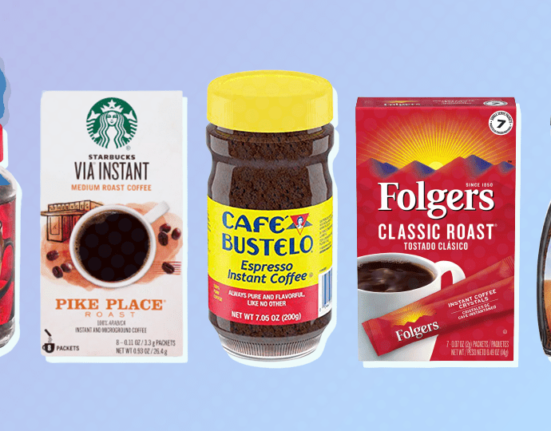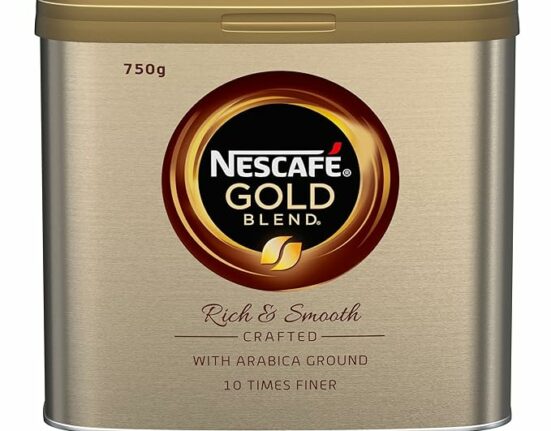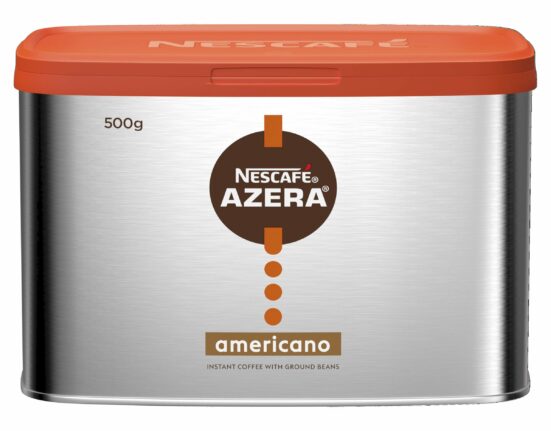When it comes to coffee, the choice of beans can greatly influence flavor, aroma, and overall experience. Among the plethora of coffee varieties, Arabica and Robusta stand out as the most popular and commercially significant. This article delves into the characteristics, cultivation, flavor profiles, and what these beans offer for the discerning consumer.
Understanding the distinctions between Arabica and Robusta is essential for identifying which coffee bean might be best suited for your palate and brewing methods. As consumers become increasingly knowledgeable about their coffee, recognizing the subtleties between these two types of beans can enhance appreciation and enjoyment of this beloved beverage.
Given their distinct characteristics, coffee enthusiasts often find themselves torn between Arabica and Robusta. This discourse aims to illuminate the various dimensions of each bean, providing guidance for making an informed decision.
The Nuances of Arabica: The Elegant Bean
Arabica coffee beans, scientifically known as Coffea arabica, constitute approximately 60-70% of the world’s coffee production. These beans are celebrated for their sweet, complex flavor profiles, often characterized by hints of fruit, sugar, and floral notes. The cultivation of Arabica occurs in higher altitudes, typically ranging between 2,000 and 6,000 feet. The cooler temperatures and increased exposure to sunlight at these altitudes allow for a slower maturation process, leading to enhanced flavor development.
Arabica beans possess a mild acidity, giving them a refined taste that appeals to a broad spectrum of consumers. This delicacy, however, comes with its own set of challenges. Arabica plants are more susceptible to pests and diseases compared to their Robusta counterparts, necessitating greater agricultural care. This vulnerability, combined with the demanding conditions required for cultivation, often results in a higher price point for Arabica coffee.
Moreover, the production of Arabica coffee is concentrated in specific regions around the globe. Countries such as Colombia, Ethiopia, and Brazil are well-known for their high-quality Arabica beans. Each region contributes unique flavor profiles, influenced by soil, climate, and cultivation techniques.
The Robust Nature of Robusta: The Unyielding Bean
In stark contrast, Robusta coffee beans, or Coffea canephora, represent about 30-40% of global coffee production. Known for their bold, earthy flavors, Robusta beans tend to have a stronger caffeine content—roughly double that of Arabica. This higher caffeine level contributes to the bitterness often associated with Robusta coffee, which may not appeal to all palates.
Robusta is typically cultivated at lower altitudes, often between 600 and 2,000 feet, and possesses a hardiness that allows it to thrive in various climates. Its resilience against diseases and pests makes Robusta a more cost-effective choice for farmers, leading to lower production costs. Consequently, Robusta coffee is frequently utilized in instant coffee and espresso blends, where its robust flavor can stand up to milk and sugar.
Regions such as Vietnam and Brazil are prominent producers of Robusta, showcasing a relatively consistent flavor profile across different growing conditions. This reliability in taste, coupled with affordability, renders Robusta an attractive option for many consumers.
A Comparative Analysis: Flavor Profiles and Brewing Methods
The flavor dichotomy between Arabica and Robusta not only reflects differing growing conditions but also influences consumer preferences and brewing methodologies. For those who prefer a nuanced cup of coffee, Arabica is often the bean of choice. Its inherent sweetness and acidity make it suitable for various brewing methods, particularly pour-over and drip coffee. The delicate flavors are highlighted through careful brewing, allowing aficionados to savor the intricate notes developed within each cup.
Conversely, Robusta’s boldness and caffeine kick make it an excellent candidate for espresso-based beverages. The bitterness of Robusta can complement milk and syrups, creating well-rounded drinks like lattes and cappuccinos. Moreover, its crema-enhancing properties contribute to a richer texture in espresso shots, appealing to those who enjoy a robust experience in their morning cup.
For home brewers striving to experiment, it may be beneficial to combine both Arabica and Robusta beans. This blend can create a balance between the sweetness of Arabica and the body of Robusta, catering to diverse palates while also providing a fuller taste experience. Such blends are often popular in commercial coffee offerings, showcasing the best of both worlds.
Health Considerations and Sustainability: Making Informed Choices
As coffee consumption grows, so too does the consciousness surrounding health and environmental impact. The selection between Arabica and Robusta can have implications beyond flavor. Arabica coffee is often perceived as healthier due to its lower caffeine content and higher antioxidant levels. These attributes may appeal to those monitoring their caffeine intake or seeking additional health benefits from their coffee.
On the sustainability front, Arabica has received commendation for its “shade-grown” production methods, which promote biodiversity and reduce the carbon footprint. Farmers who cultivate Arabica often engage in environmentally friendly practices that preserve the integrity of ecosystems. In contrast, Robusta farming practices can sometimes be more intensive and less sustainable, which raises questions about long-term environmental impacts in regions of intensive cultivation.
In conclusion, when deliberating between Arabica and Robusta coffee beans, it is essential to consider the flavor profiles, brewing methods, health implications, and sustainability of each option. Each bean offers a unique journey into the world of coffee, inviting consumers to engage with their chosen beverage in profound ways.
Ultimately, there is no definitive answer as to which coffee bean is superior; rather, the right choice hinges on individual preference and context. Whether one is drawn to the elegance of Arabica or the boldness of Robusta, exploring these beans can unveil the complexities and pleasures of coffee appreciation, inviting consumers to revel in the myriad flavors that this beloved beverage has to offer.








Leave feedback about this